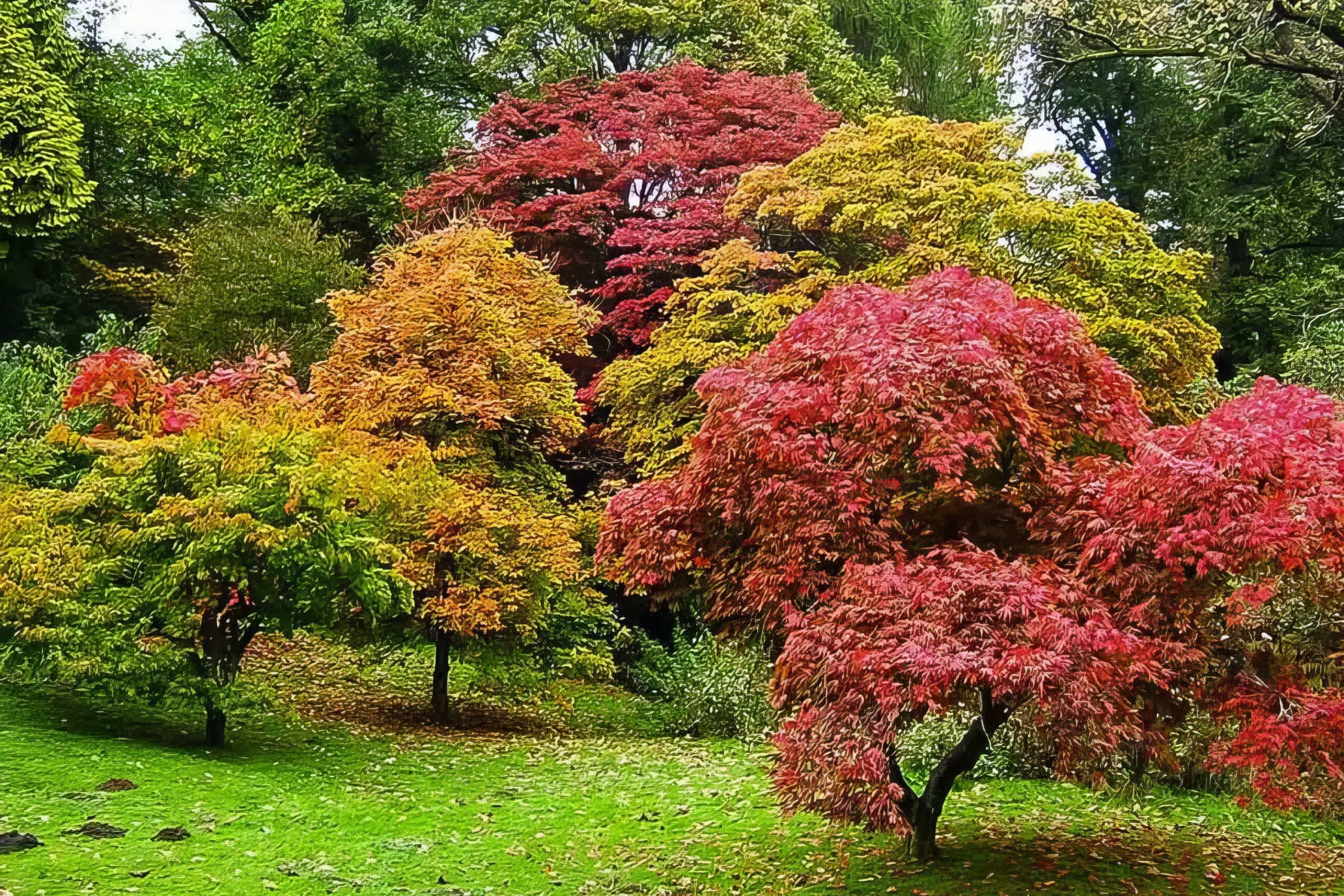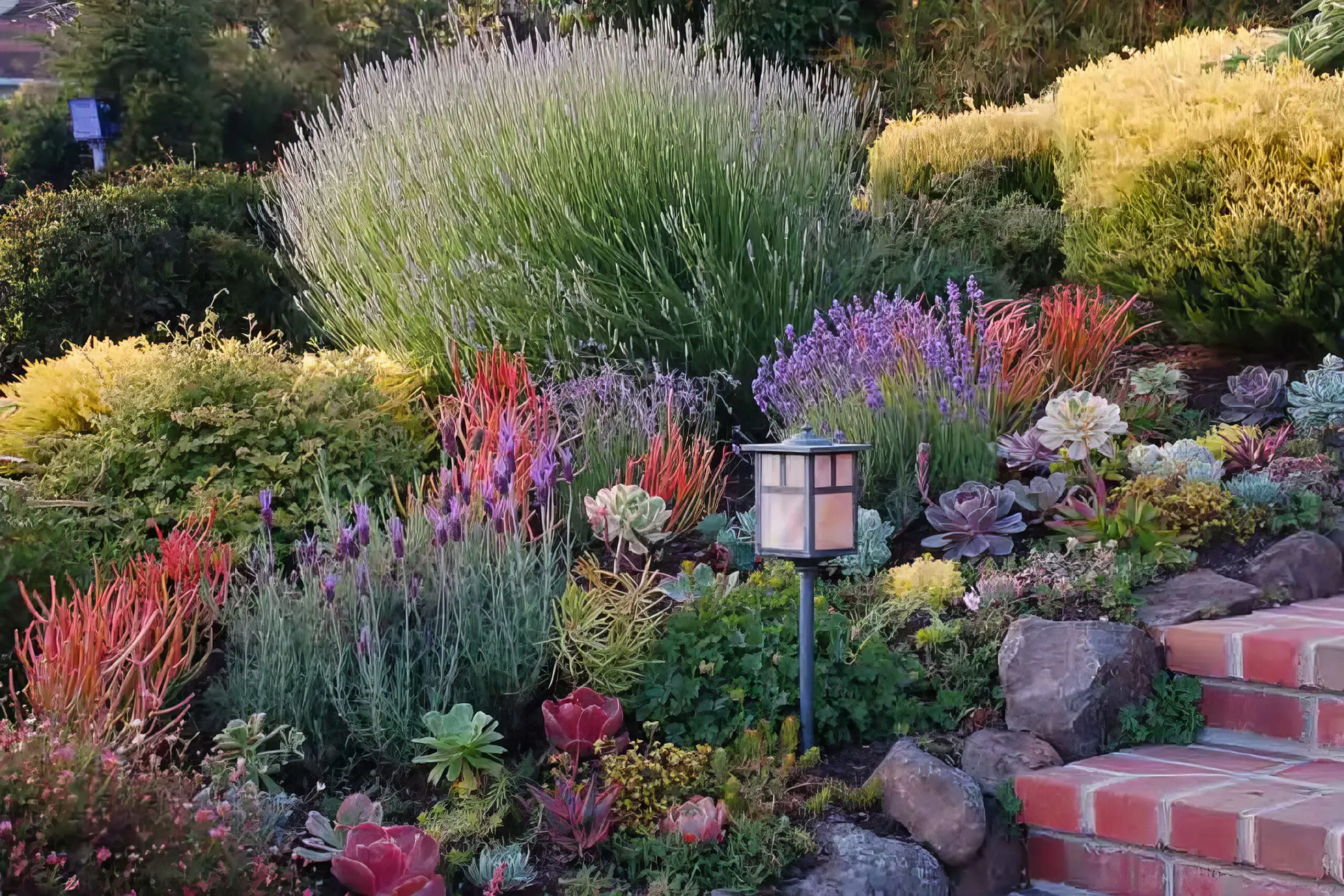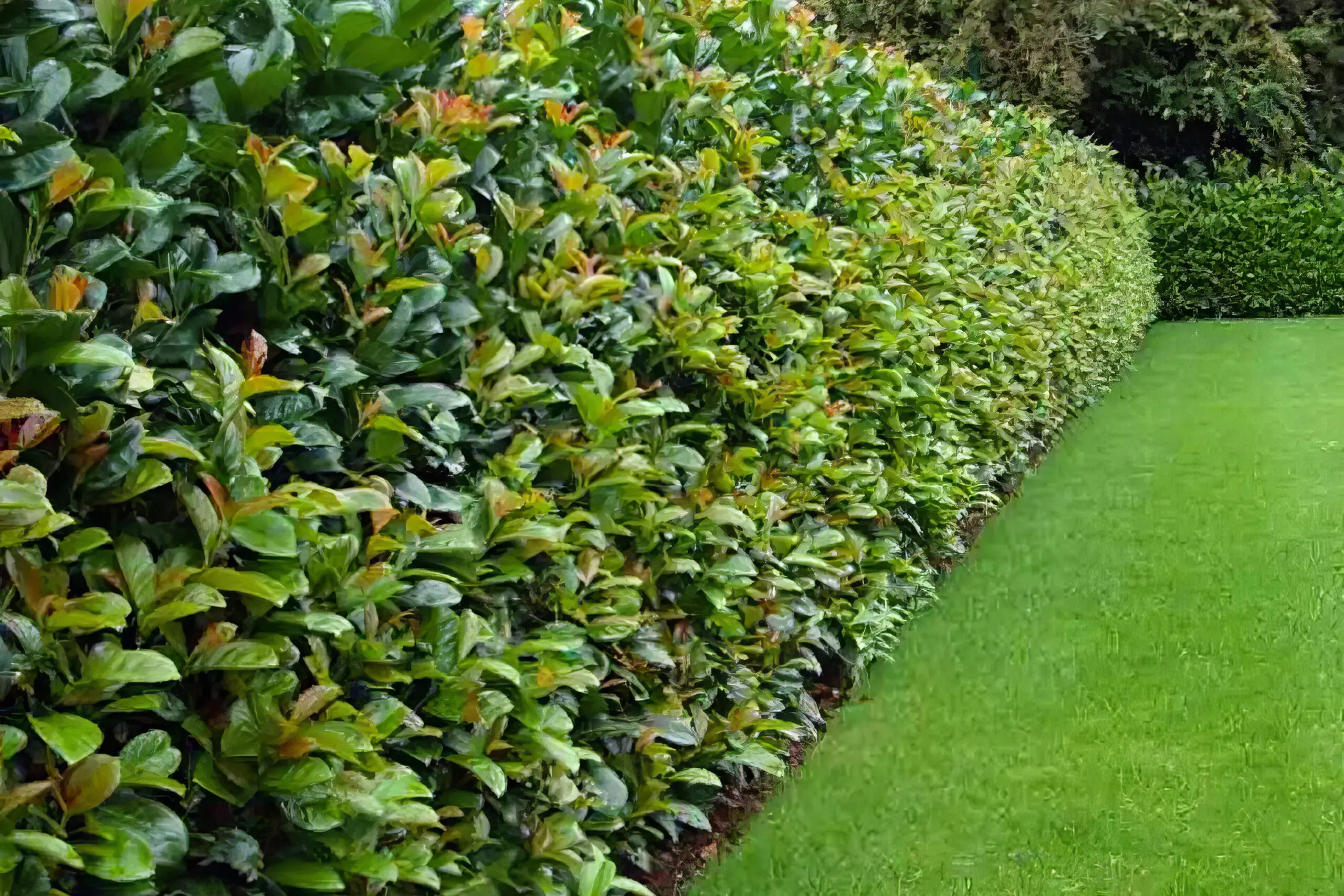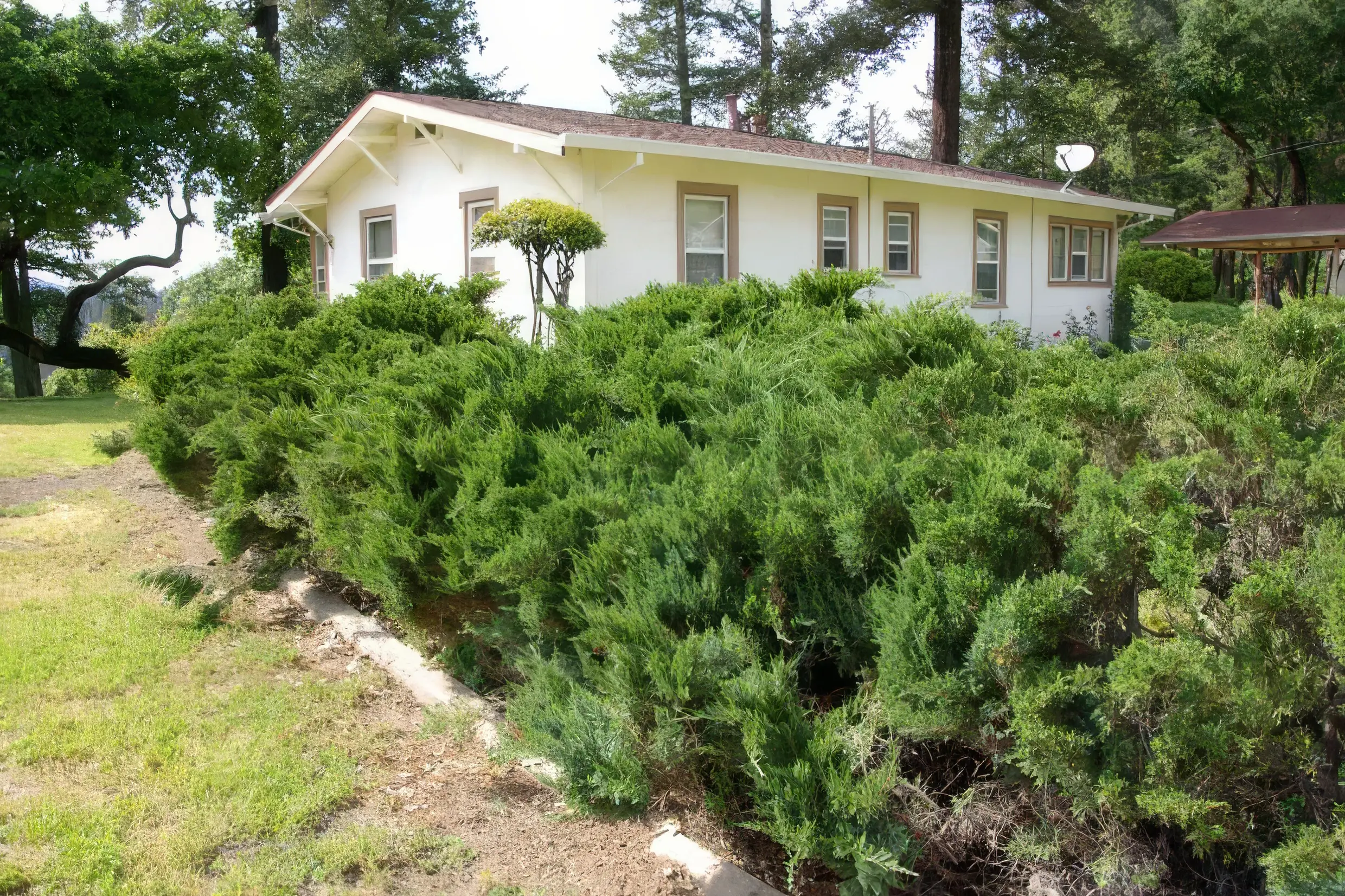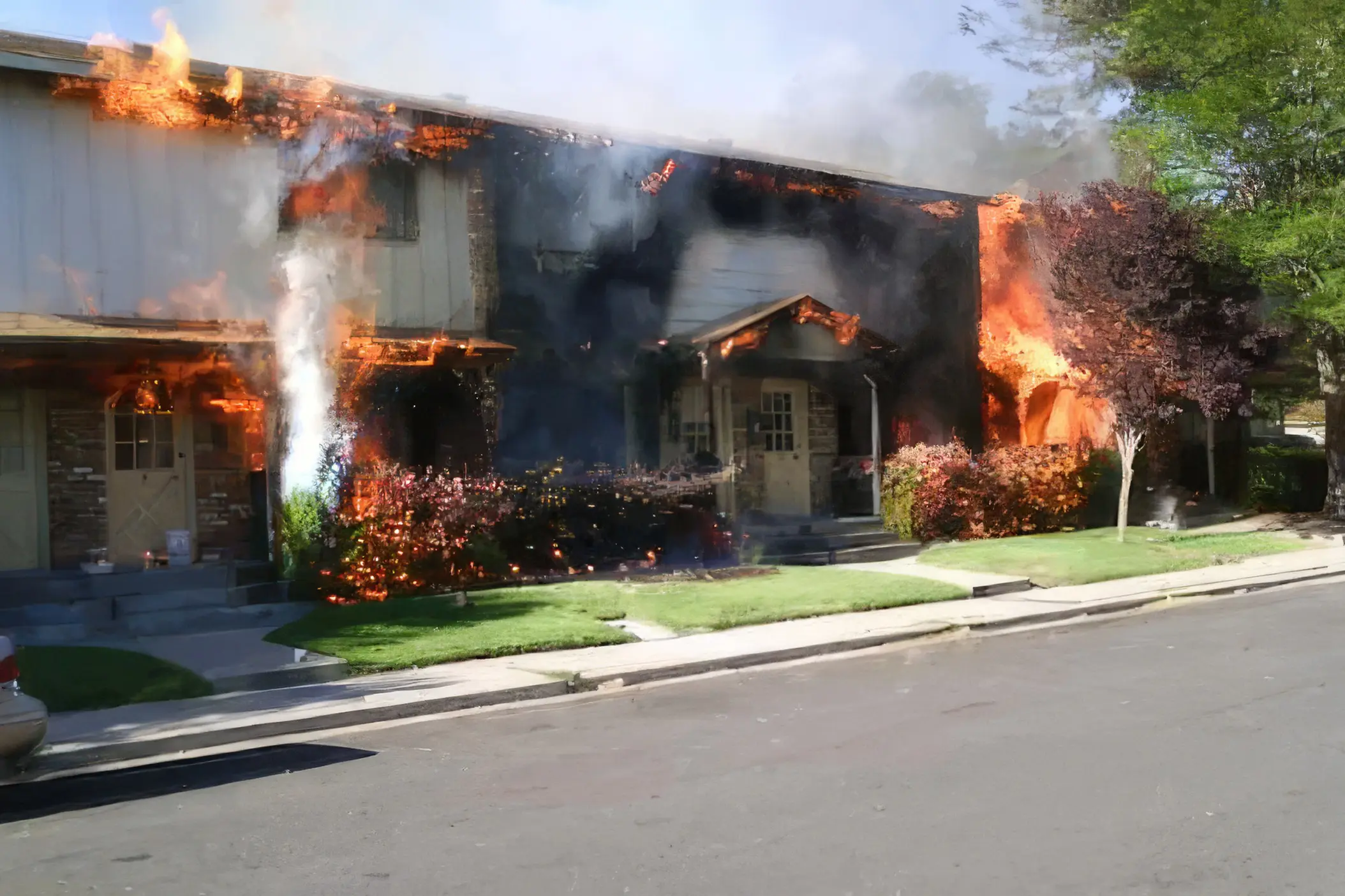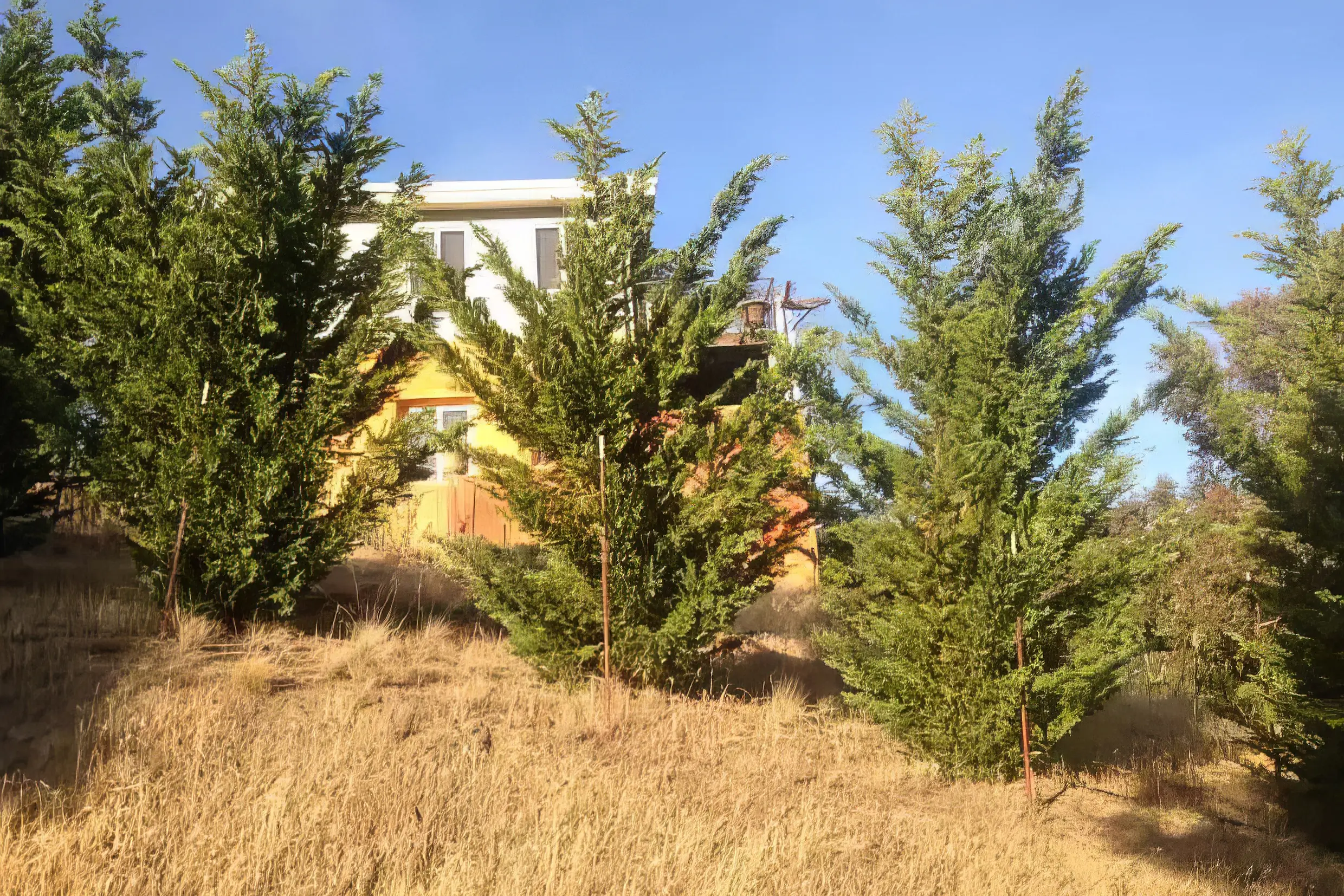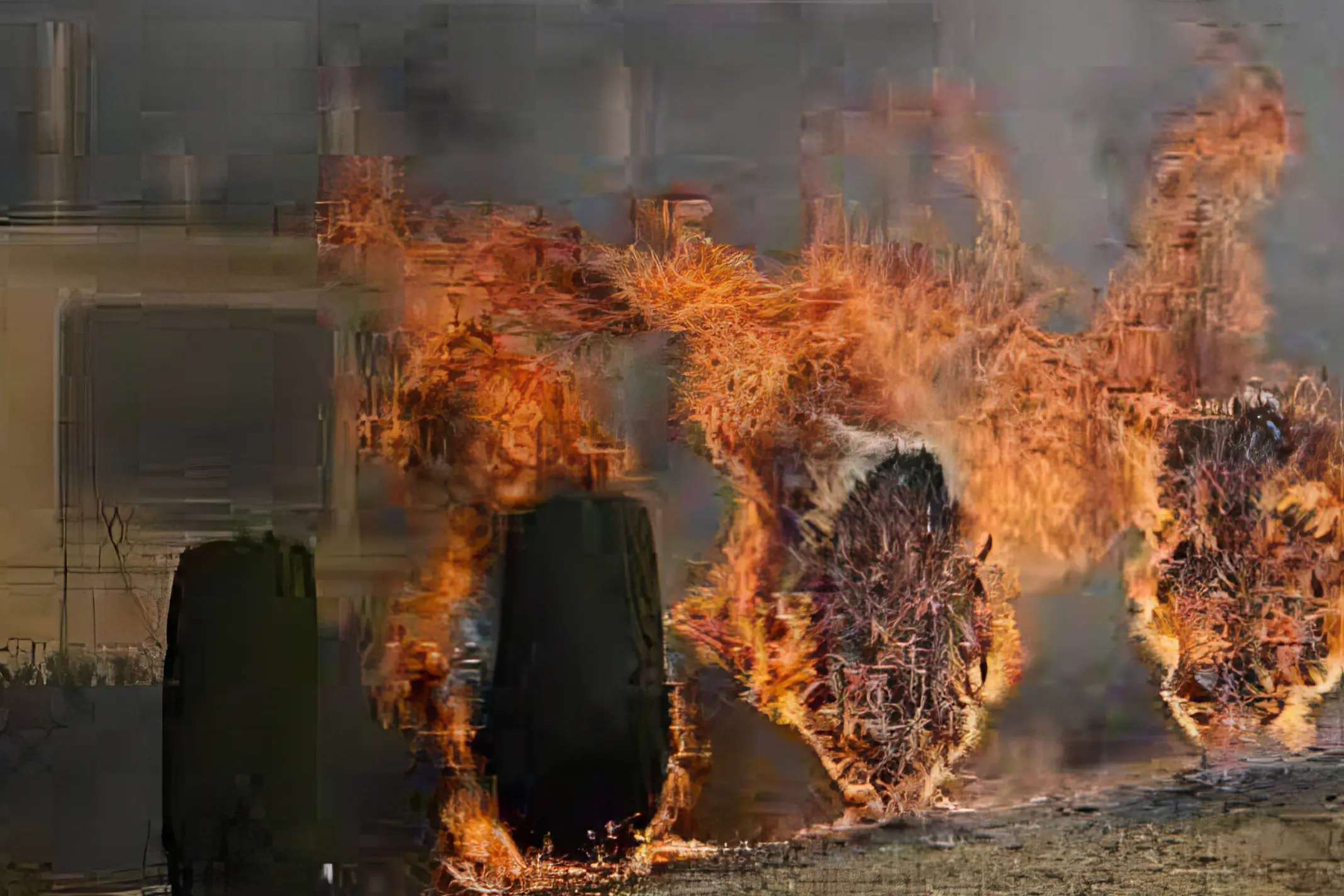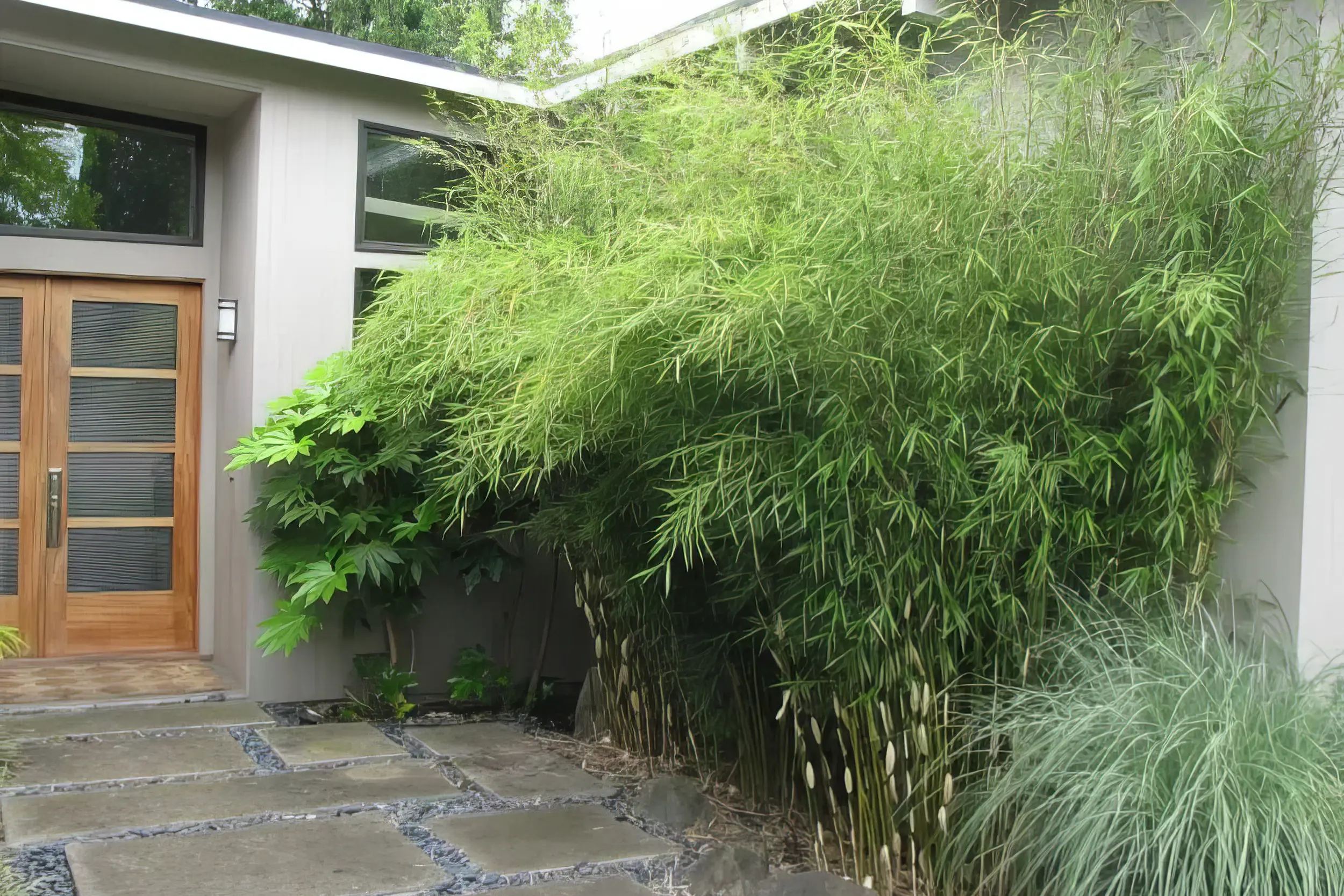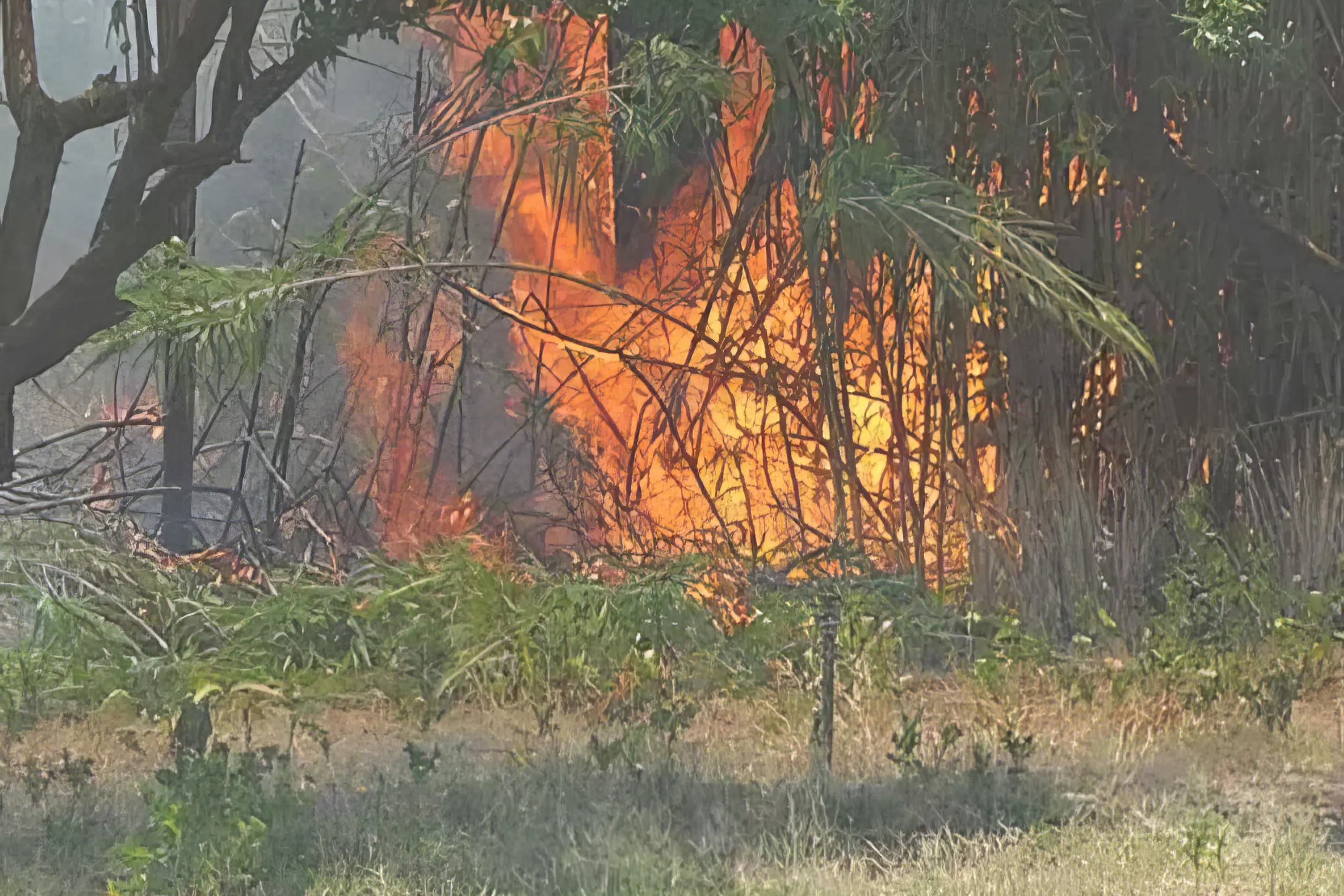IN THE EVENT OF AN EMERGENCY THIS SITE IS NOT MONITORED. FOR CURRENT INFORMATION GO TO HTTPS://EMERGENCY.MARINCOUNTY.GOV.
How to Choose Plants for Your Yard
In University of California Agriculture and Natural Resources Publication 8695, Valachovic, Quarles and Swain* pose the following question and response: “Is there such a thing as a “fire safe” plant? While some plants are marketed and described as “fire safe” or “fire resistant,” all plants will burn under the right conditions, regardless of their classification. A plant’s environment and maintenance generally have more influence on the combustibility of the plant than does its characterization as fire safe or not fire safe. For example, a plant with a good water supply could have a greater growth form (that is, grow taller and wider) and hold leaves longer, whereas a plant in a stressed or drought condition may have stunted growth and accumulate dead materials. Therefore, a certain species may be relatively fire resistant in one environment and less so in another. Some plants, such as lavender, may initially have lush supple growth, but several years later, the growth may be woody and choked with dead materials. Other plants, under a green surface, may develop a highly combustible dead thatch layer.
Fire-smart landscaping uses carefully chosen and well-maintained plants that are strategically planted to resist the spread of fire to your home. To create a fire-smart landscape, maintenance and design are often more important than the plant species itself. That said, some “fire-hazardous” plants burn readily and should be avoided in residential landscaping.
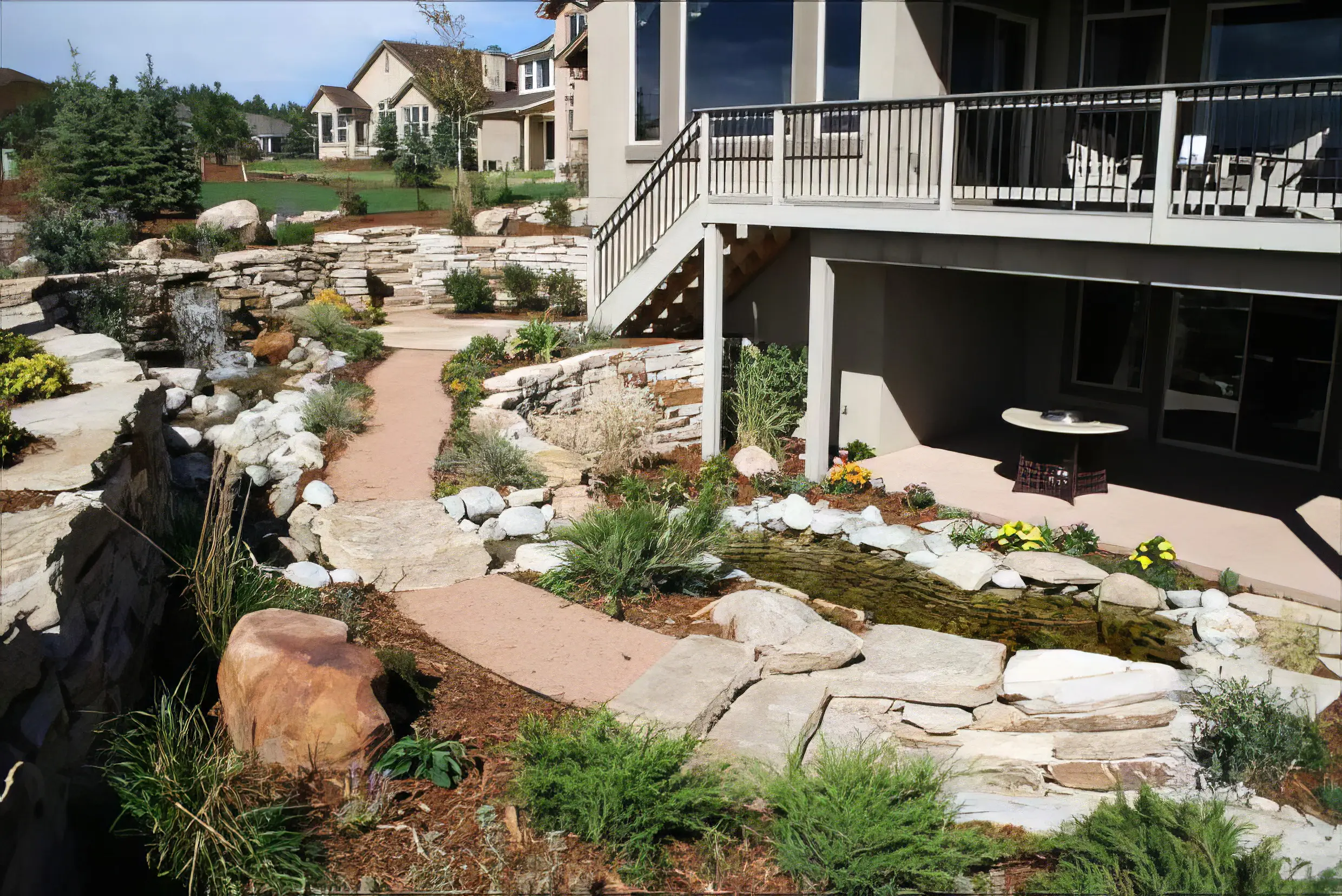
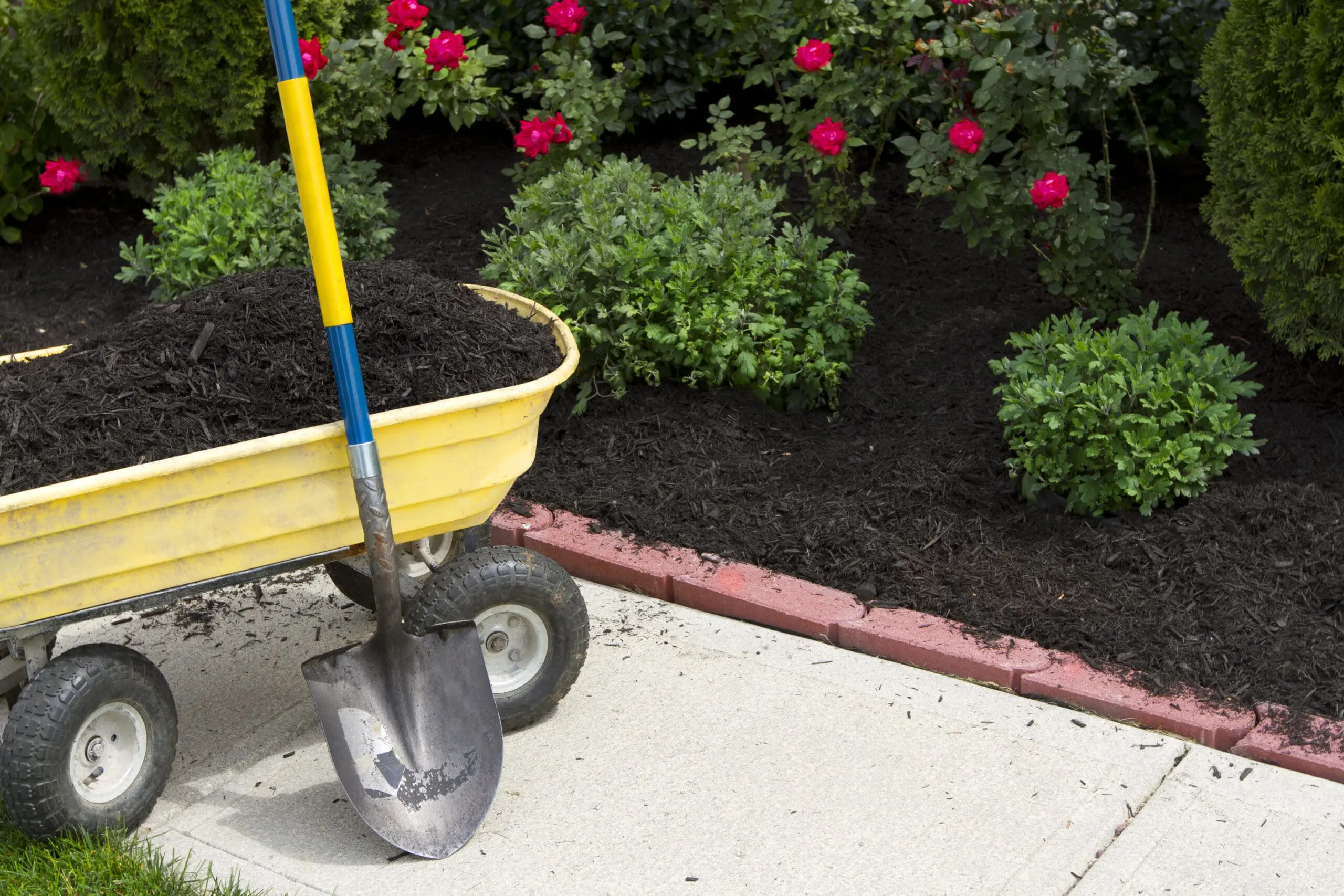
Plant Characteristics and Basic Properties
Valachovic, Quarles and Swaim provide the following advice about plant characteristics: “When selecting plants, apply an ignition-resistant framework to the decision-making process by asking a few key questions.
- Are the plant’s leaves high in moisture, and therefore less likely to ignite? The leaves of plants that grow in vegetable gardens, for example, are high in moisture.
- Does the plant contain a lot of waxes, oils, and resins? The leaves of waxy and oily plants have a protective shine or film that will likely be more flammable and release more energy when they burn. Resinous plants include many conifers.
- Does the plant have an open-growth structure? A more densely structured plant, like a juniper or cypress, can capture emirs and may be more likely to ignite, especially if the densely structured areas of the plant consist of dead and fine fuels. A densely structured plant is also more likely to really ignite from a surface fire.
- Does the plant accumulate dead branches, needles, leaves? A plant with a big leaf or needle drop creates a greater need for cleanup around the property, on the roof, and in rain gutters.
- Does the plant shed bark? A plant that sheds bark or branches is likely to need more regular cleanup to reduce fuel accumulations on the ground.
- How fast does the plant grow? How tall will the plant grow? A plant that grows quickly may exceed growth expectations and require greater maintenance.
Native plants and pollinator friendly or drought-tolerant plants can be good choices for people who value these plant characteristics, but such features don’t directly translate to fire resistance.”
Trees, Shrubs and Hedges
- Select appropriate plants for hedges.
- Plant hardwood trees, like maple, poplar, and cherry that are less combustible than conifers like pine and fir.
- Maintain your trees carefully, being sure to limb up and remove “ladder fuels” and shrubs beneath trees.
- Maintain all plants to remove dead and dying plant material.
Fire-Hazardous Plants
Some plants are particularly susceptible to fire: they may ignite readily and burn intensely and should be removed or aggressively maintained if present near a home, road, or driveway. You may be required to remove some or all of these species depending on local fire codes if present within 100 feet of structures.
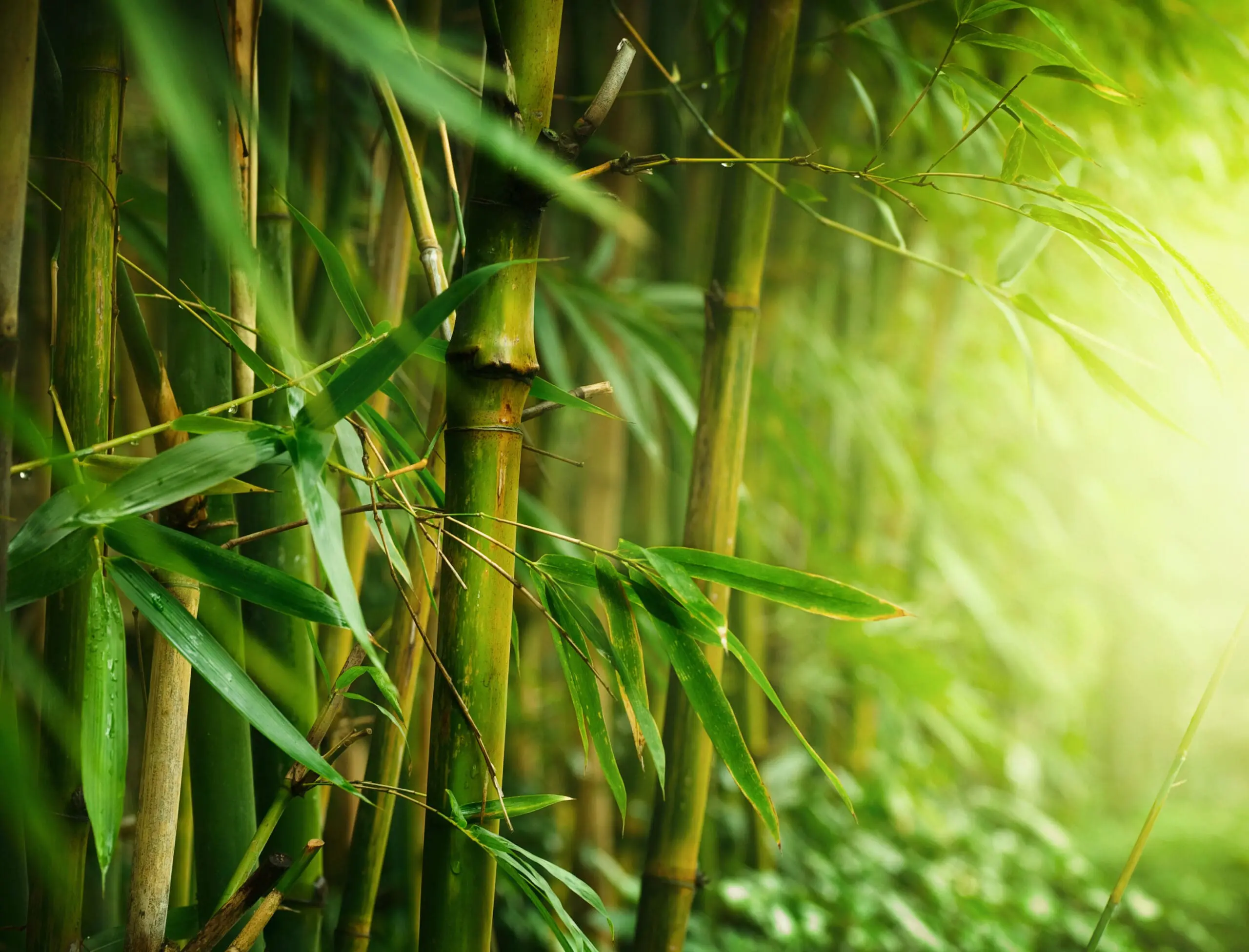
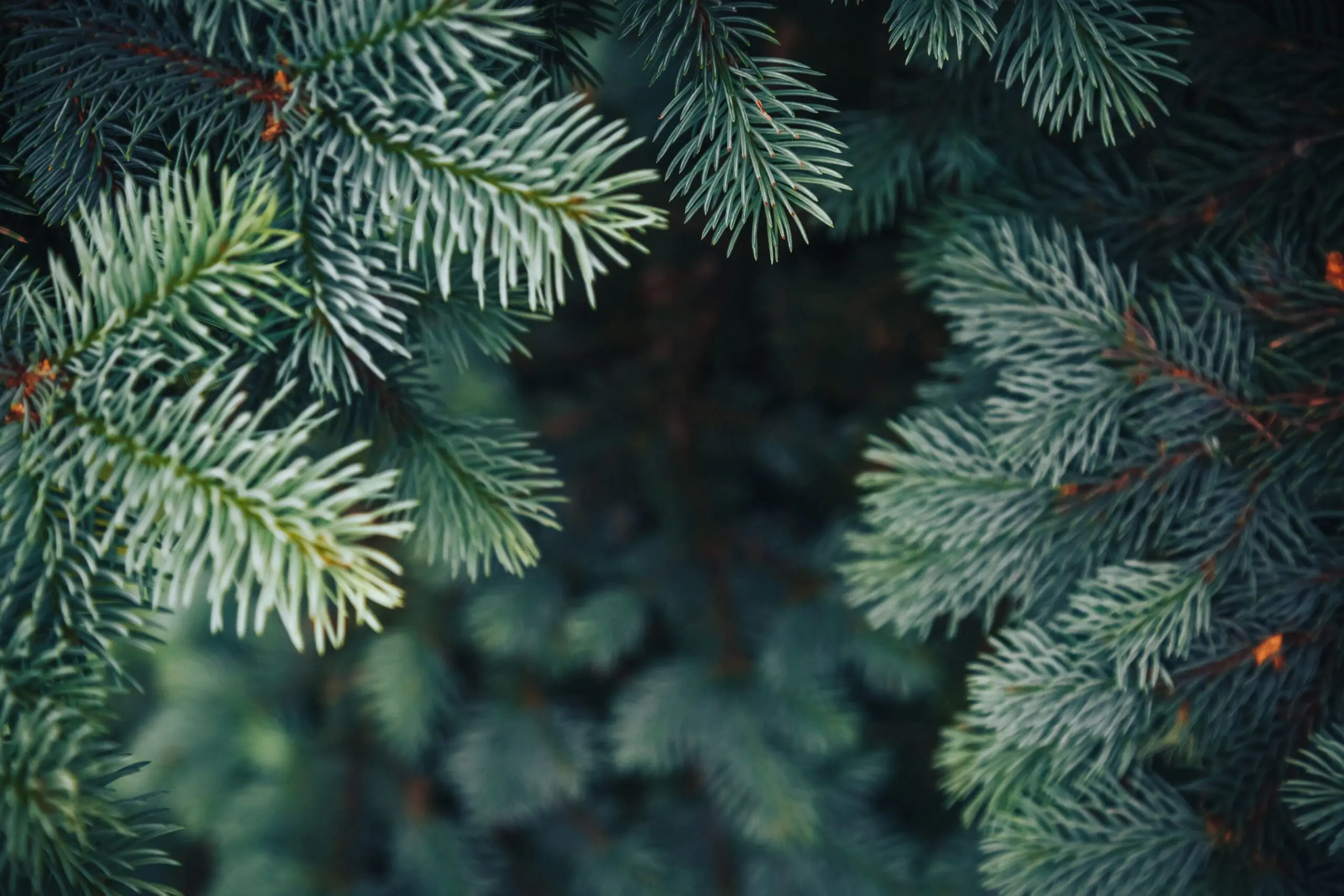
Characteristics of Fire-Hazardous Plants
It is best to identify fire-hazardous plants by their characteristics, structure, and maintenance. This is not an exhaustive list, and some plants not listed here may present a fire hazard when drought-stressed or poorly maintained. Any plant in poor health, lacking irrigation, or with a buildup of dry or dead material may burn. The most common fire-hazardous plants typically share certain characteristics:
- They are often blade-leaf or needle-leaf evergreens.
- They often have stiff, woody, small or fine, lacey leaves.
- Their leaves and wood often contain volatile waxes, fats, terpenes or oils (crushed leaves will have strong odors).
- Their sap is often gummy, resinous, and with a strong odor.
- They often contain plentiful fine, twiggy, dry or dead materials.
- They may have pubescent (hair covered) leaves.
- They may have loose or papery bark.
- These plants typically flame (not smolder) when preheated and ignited with a match.
Flammability & Condition
The condition of the plant is often as important as its species. Many fire-hazardous plants can be relatively ignition-resistant if properly maintained and irrigated, especially natives. Depending on its growth form and access to water, the same species may be ignition-resistant in one environment and flammable in another. Water-stressed plants in poor condition are more likely to burn readily. Those species already identified as fire-hazardous may become explosively flammable when poorly maintained. South-facing slopes, windy areas, sites with poor soils and urban landscapes are more stressful for plants and often lead to greater hazard from burning vegetation.
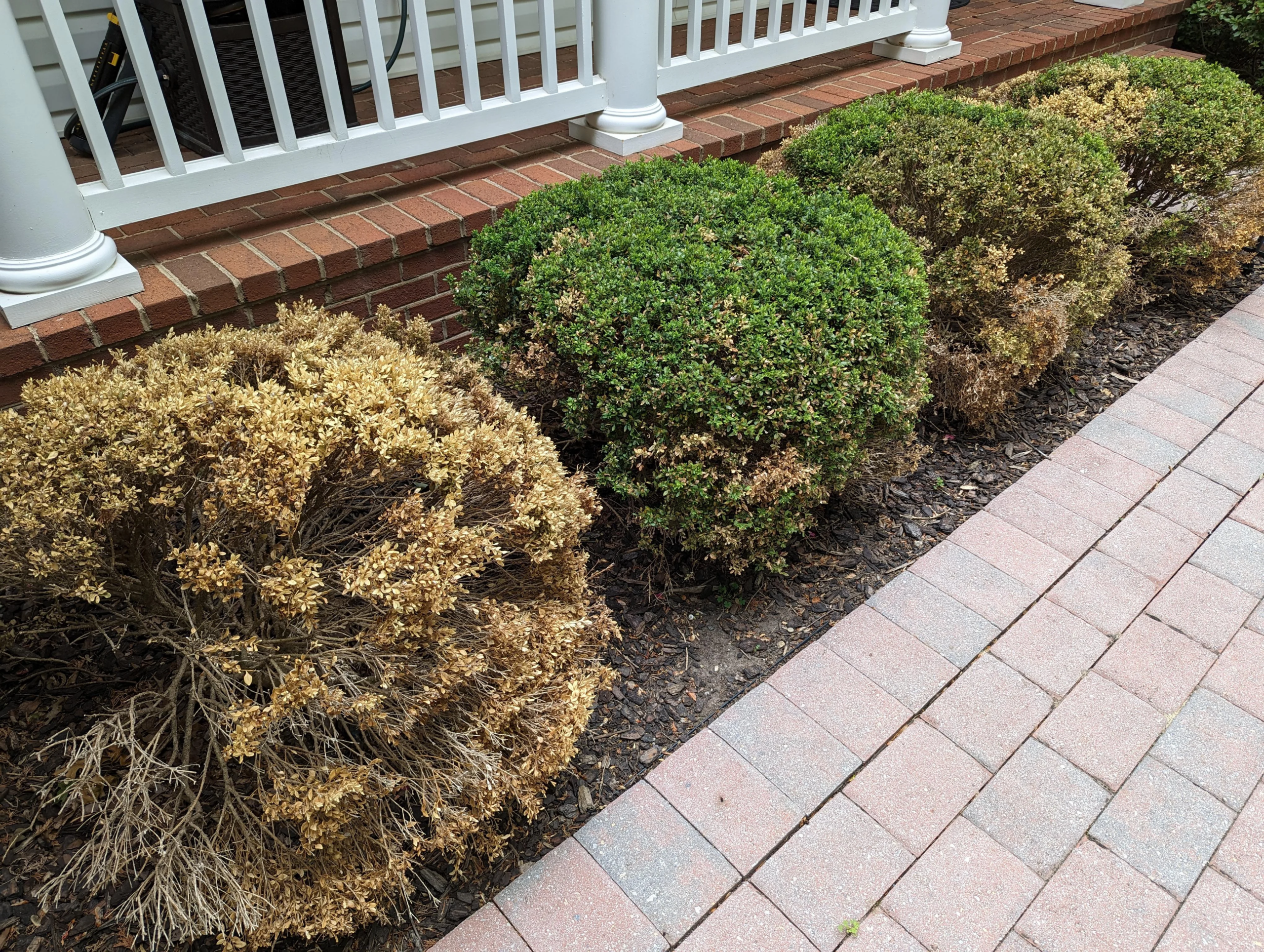
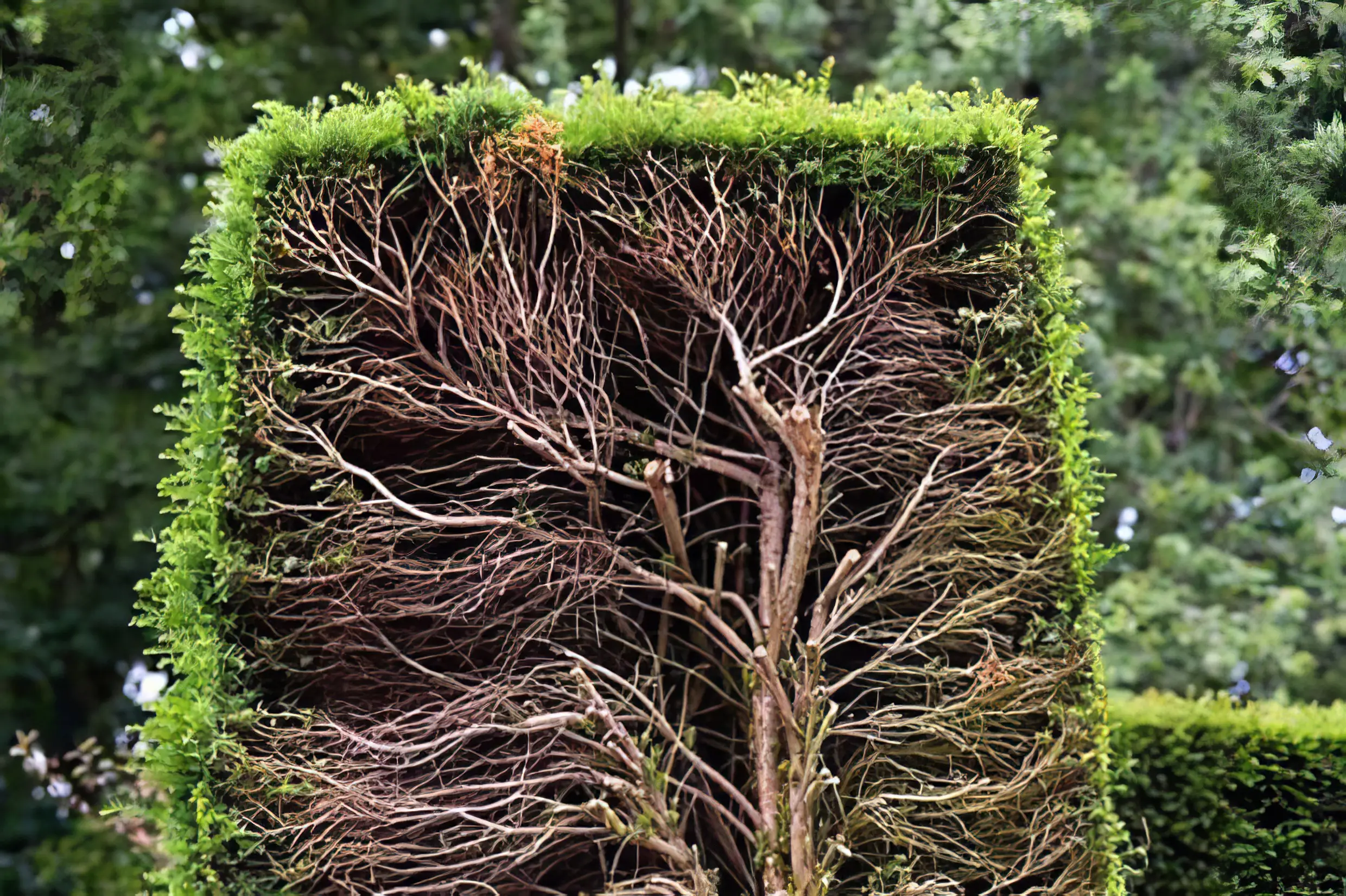
Common Types of Fire-Hazardous Vegetation
- Grasses: Any cured (dry) grass, including bamboo. Non-irrigated, annual grasses are typically more flammable than perennial grasses. Irrigated grasses are fire-resistant.
- Perennials and herbs: Any dry or cured herb.
- Ferns: Any dry or cured fern, particularly bracken and sword ferns.
- Brush: Any brush with excessive deadwood. Any over-mature, dying, or dead brush.
- Trees: Any forest, stand, or urban forest that is over-dense, under stress, poorly maintained, or over mature.
Some Plants Were Made to Burn
Many plants are particularly susceptible to fire. Some plants ignite readily and burn intensely, and should be removed if present in a home’s defensible space zones or close to roads and driveways.
Juniper is a common landscaping plant in Marin. Deceptively green, it is often planted along pathways and driveways, a recipe for disaster when a homeowner finds their escape blocked by a wall of flames. Juniper should be removed within 30 feet of structures and fifteen feet of driveways or roadways.
These evergreen conifers are valued for their screening properties and low maintenance. Like juniper, they may be explosively flammable and don’t belong in the landscaping around homes in Marin’s wildland urban interface.
Bamboo is a fast-growing grass species that can make a good privacy screen–as long as you live outside the wildland urban interface (WUI). Although some species of bamboo can be maintained in a relatively fire-resistant state, their rapid moisture loss during periods of hot, dry weather and tendency to accumulate fine, dead leaf litter makes them unsuitable as a screening plant near homes. If you live in or near the WUI, choose fire-resistant screens and hedges instead.
Italian cypress is often planted as an architectural complement to Mediterranean-style homes. These tall, highly combustible trees are sometimes referred to as “Roman candles” by firefighters. With a structure that is difficult to maintain free of dead woodly material and dry needles, they ignite easily. They should be removed or avoided in or near the WUI. Watch just how flammable Italian cypress trees can be.
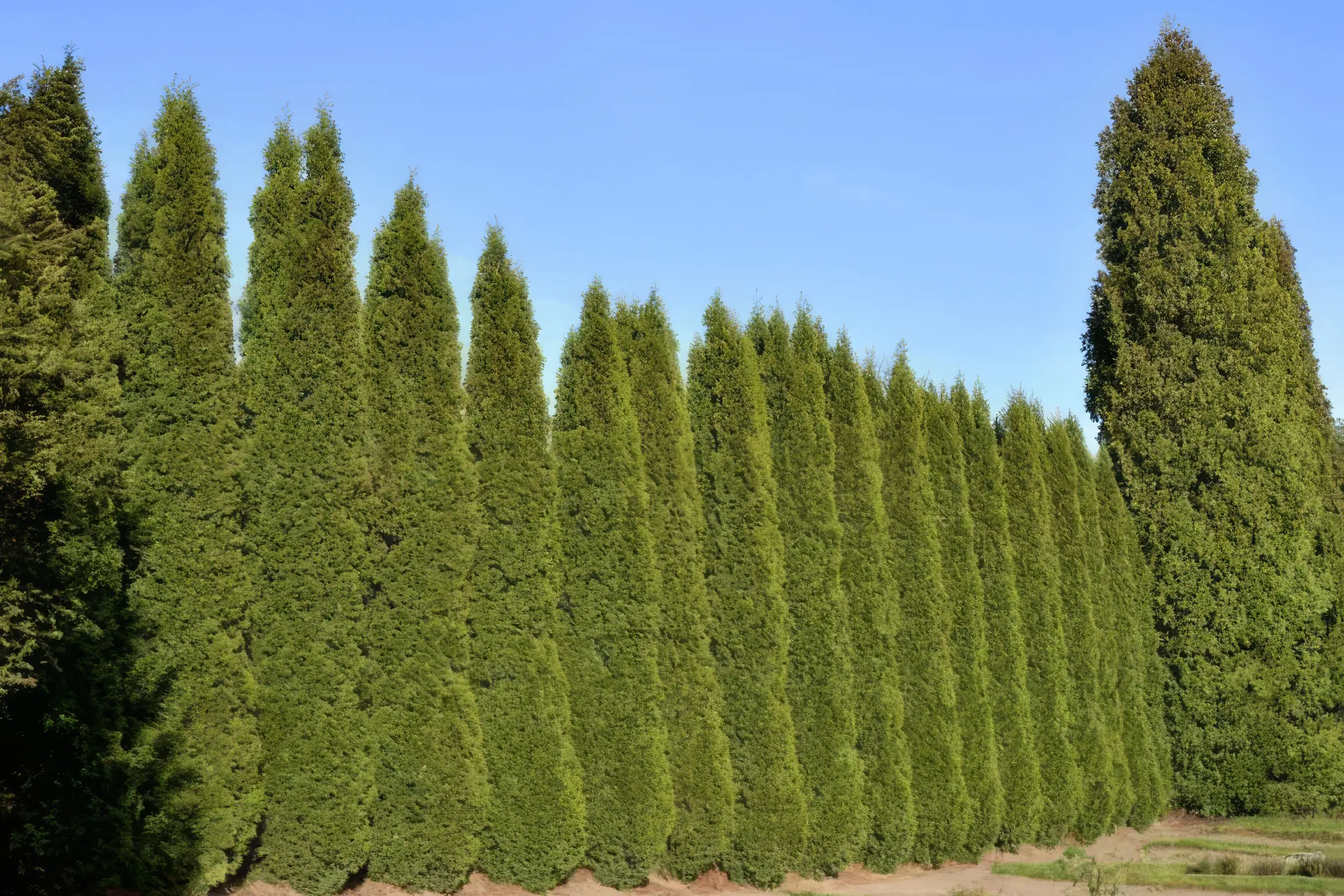

In Marin, It’s The Law
In Marin, the county, cities, and towns have all adopted variations of defensible space ordinances for homes in the WUI. Modeled after state law but with even greater restrictions, the fire-hazardous plants listed on our website cannot be planted in a home’s defensible space zone (100 feet from structures). Your fire department may require the removal of plants on this list if they threaten your home or a neighbor. If you buy one of these plants for your garden, you may just be burning money.
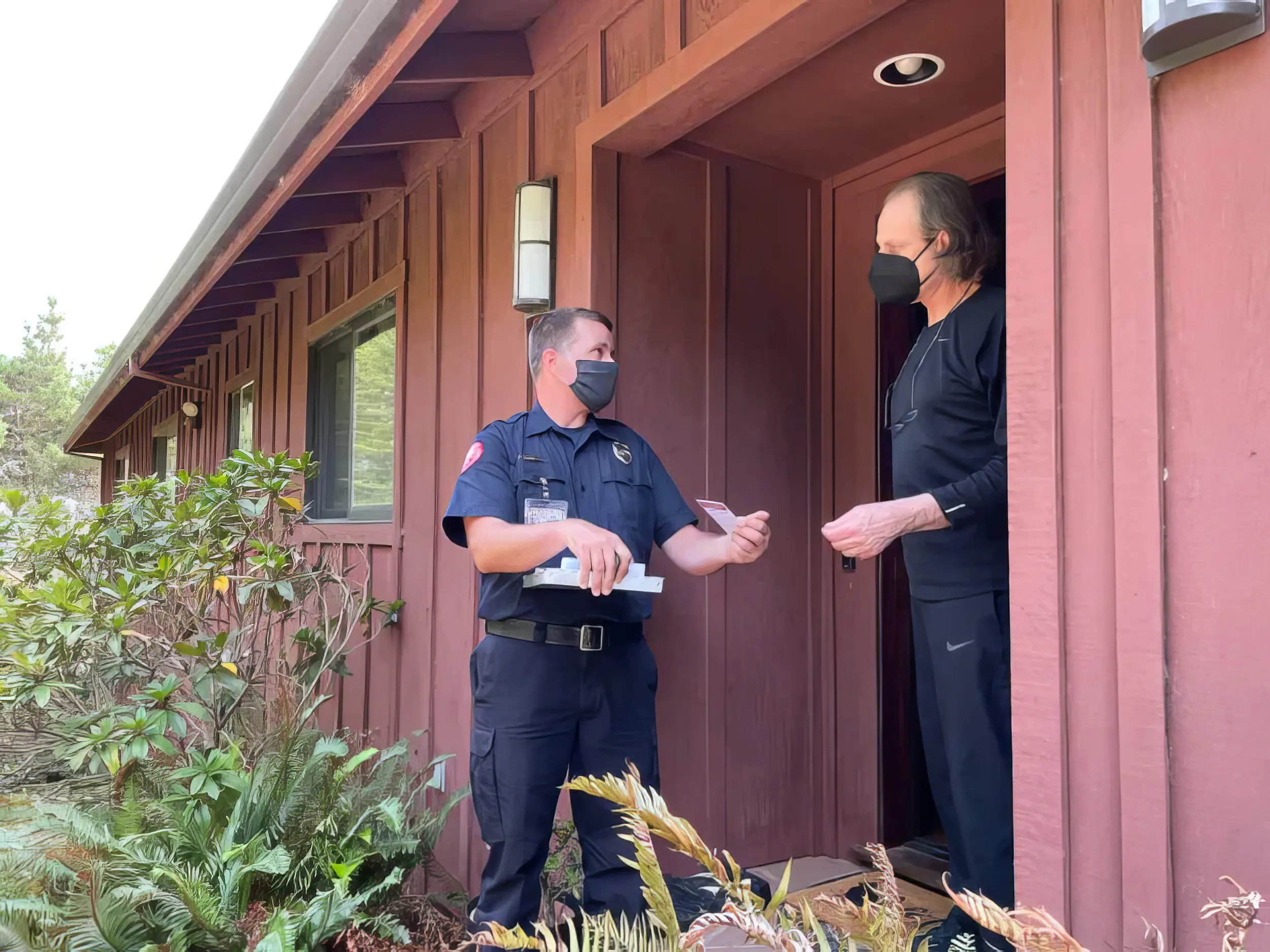
The History of our Plant Lists
We first published a list of common “fire-prone” plants in 1998. This list, created with the help of the University of California Cooperative Extension (UCCE), was later adopted by the County of Marin and all Marin cities and towns for their Fire Standards, expressly prohibiting the planting of these species for new home and remodel construction, and limiting their use in existing landscaping.
This list has evolved over the years to encourage the use of properly maintained native plants, limit the spread of invasives, and better inform homeowners. Fire inspectors may require the removal of existing plants on this list or any plant that presents a hazard if they threaten your home or neighbors. It has been revised extensively based on 30 years of observations and experience, and is now maintained by Fire Safe Marin as two fire-smart and fire-hazardous plant lists (with a slightly different meaning). The UCCE no longer teaches from lists–preferring to instead teach the characteristics of plants that contribute to wildfires–but Fire Safe Marin continues to see a value in providing homeowners examples of common fire-smart and fire-hazardous plants.
*University of California Publication No. 8695, Reducing the Vulnerability of Buildings to Wildfire Vegetation and Landscaping Guidance, 2021 (UC Agriculture and Natural Resources)

